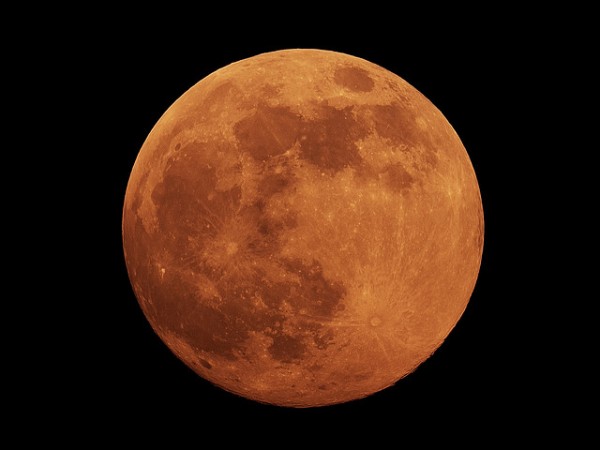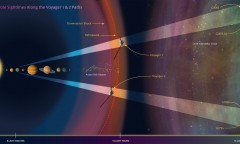By Vishal Goel, | January 12, 2017

These electrostatic dust processes could explain the formation of "dust ponds" on asteroid Eros and comet 67P, and the smooth surface on Saturn's icy satellite Atlas. (Joel Tonyan/CC BY-NC-ND 2.0)
Like Us on Facebook
A NASA study has explained the mystery behind micron-sized dust particles that seem to "levitate" several centimetres above the lunar surface even though there is no wind or flowing water on the moon to propel them up.
According to researchers, lunar dust particles scatter light-generating large electrical charges and particle-particle repulsive forces among the neighboring particles, which causes them to lift off the surface.
The research, by a member of NASA's Solar System Exploration Research Virtual Institute (SSERVI) and hosted by NASA's Ames Research Center in Silicon Valley, California, also explains why dust can be transported across vast regions above the lunar surface and rings of Saturn, without any help by winds or flowing water.
Learning about these fundamental processes is helping scientists to understand how dust and static electricity behave in airless bodies, and how they affect surface mechanical and electrical systems.
Along with the other SSERVI research, NASA has been able to address key strategic knowledge gaps regarding airless bodies such as asteroids or the moons of Mars, Phobos and Deimos, which are likely stepping stones along our journey to Mars.
The research, conducted at the Institute for Modeling Plasma, Atmospheres and Cosmic Dust at the University of Colorado Boulder, and published recently in the journal of Geophysical Research Letters, was built on observations from the Apollo era to the recent Rosetta comet mission.
The phenomenon shows up as
- high-altitude ray-pattern streamers above the lunar surface,
- radial spokes first seen over the Saturn rings,
- and the "dust ponds" in craters on Eros.
These electrostatic dust processes, according to scientists, could help explain the formation of "dust ponds" on asteroid Eros and comet 67P, and the smooth surface of Saturn's icy satellite Atlas.
To know more about SSERVI, which is funded jointly by the agency's Science Mission and Human Exploration and Operations Mission directorates at NASA's Headquarters in Washington, visit their official website.
-
Use of Coronavirus Pandemic Drones Raises Privacy Concerns: Drones Spread Fear, Local Officials Say

-
Coronavirus Hampers The Delivery Of Lockheed Martin F-35 Stealth Fighters For 2020

-
Instagram Speeds Up Plans to Add Account Memorialization Feature Due to COVID-19 Deaths

-
NASA: Perseverance Plans to Bring 'Mars Rock' to Earth in 2031

-
600 Dead And 3,000 In The Hospital as Iranians Believed Drinking High-Concentrations of Alcohol Can Cure The Coronavirus

-
600 Dead And 3,000 In The Hospital as Iranians Believed Drinking High-Concentrations of Alcohol Can Cure The Coronavirus

-
COVID-19: Doctors, Nurses Use Virtual Reality to Learn New Skills in Treating Coronavirus Patients











